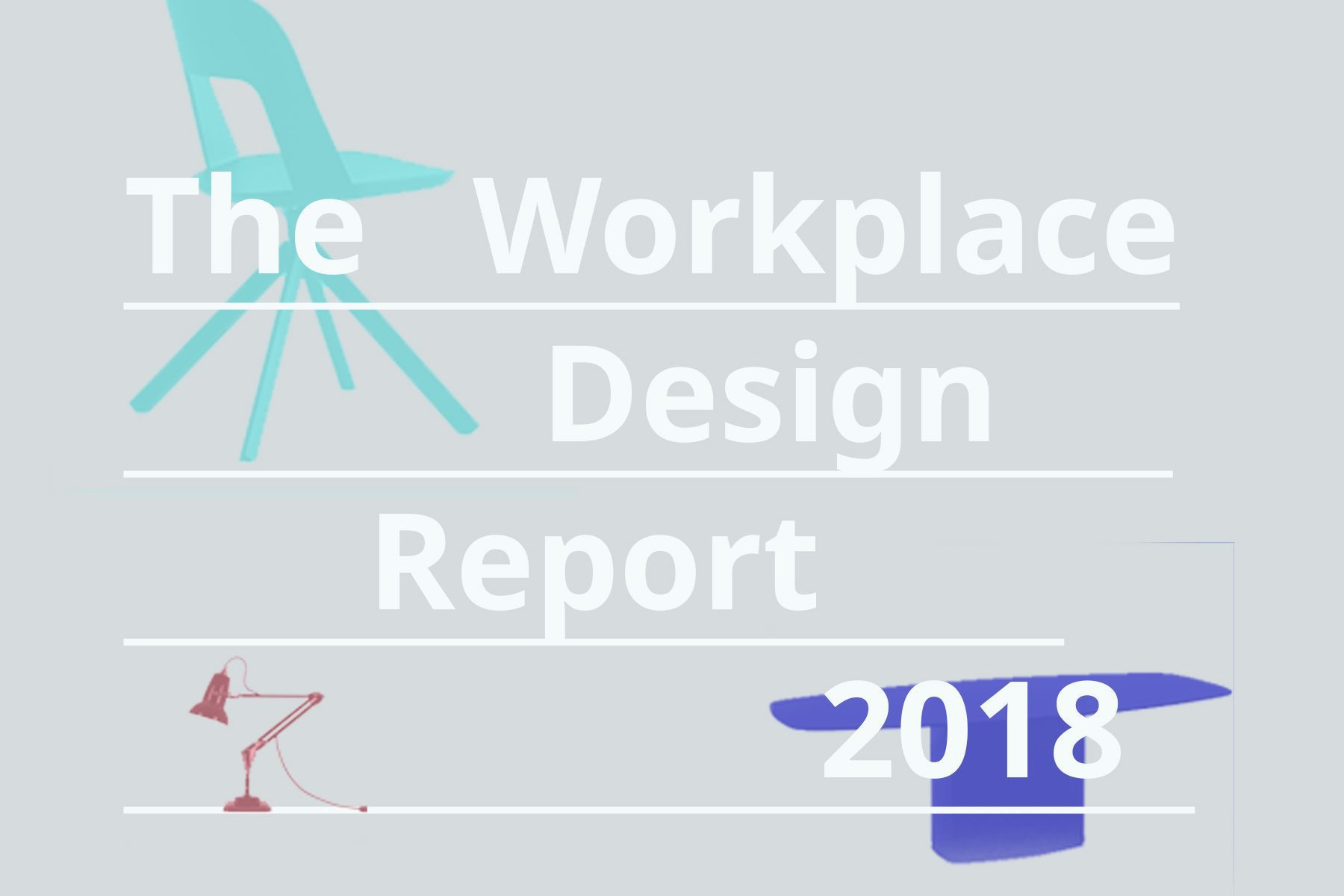All around the world, reputable firms are fighting for talent, trying to keep employees engaged and workplaces exciting.
Offices are now much more than offices – they are workplaces: the meeting point for remote employees, for those with flexible hours, for client visits, the centres of creativity, of board meetings, of ideation, a coffee shop, a place to get a healthy snack, a place for fun. Hours are spent in workplaces and they need to feel right. Employees are demanding so much more from their workplaces, and millennials will choose careers based on how the office looks and feels. A number of factors underpin this change of mindset with technological advances being a key driver. Never before has the study of social physics and behaviour played more into the design of our workplaces.

At Google’s 8th Avenue headquarters, permanent desks don’t exist and it is said that even lifts are slower, both of which force staff to move around more. This ‘orchestrated chaos’ encourages what it calls ‘casual collisions’ that provoke unexpected conversations and new ideas. For many employers, this is workplace design at its best, engineering desired working behaviours that create better results. And it all makes total sense. Few dispute that the environment for our employees’ matters. There are countless surveys to back this up. In one poll of 1,456 workers by Office Genie in 2017, 45 % complained of a lack of collaborative space while 20 % felt their workplace environment actually hindered them doing their job.
Research firm Kelton Global carried out a study for National Business Furniture entitled Happiness in the Workplace. The research showed how American workers’ performance is influenced by their surroundings. 47% of employed Americans said the overall design of their workspace influenced their productivity, whilst 42% report it impacts the quality of their work. The study also found that millennials – currently the largest sector of the US workforce – are more likely to claim that their happiness, motivation, well-being and quality of work are influenced by their environment.

Similarly, Steelcase found that one-third of workers across 17 of the world’s leading economies were disengaged. Given that engagement is so demonstrably linked to business outcomes such as employee retention, productivity and profits this is worrying. With statistics like these, it’s no surprise the office refit market is booming.
Through the study of behavioural science, organizational design, change management, performance metrics, demographics and technological advances companies have been looking at how behaviour is influenced in the workplace. And these trends and facts are influencing the work of architects and designers engaged in shaping our workplaces.
1. Top talent is shrinking
Many large countries – including the US, China, Japan, Germany and Italy – will face talent shortages as their work-forces age and experience declining growth rates..
This talent shortage will challenge organizations to find and keep the best people. They will need to engage employees with workplaces that support their wants and needs.
Creating vibrant offices is one tactic to recruit and retain talent. Providing flexibility and choices for where, when and how work happens is also critical for attracting the best people.
2. Employee engagement matters
Engaged employees can boost a company’s bottom line by up to 20 %. (1). These employees are emotionally invested in and focused on creating value for their organizations. However, in a survey across 142 countries, 13% of employees reported feeling engaged in their jobs. (2)
Disengaged workers — those who are negative or even hostile to their organizations — outnumber engaged employees by nearly two to one. (2) Companies with disengaged employees experience 30% – 50 % more turnover. (1)
An open workspace, often designed with the input of the employees, gives a place to celebrate employees contributions, broadcast goals and objectives, providing comfortable and cool spaces for effective collaboration.
4. Flexible work boosts engagement and satisfaction
Flexible work generally receives a positive response. 30% of employees with easy access to flexible work arrangements report feeling very engaged in their jobs. And 60% of employees with high access to flexibility are very satisfied with their jobs, compared with 44% of those with moderate access and only 22% of those with low access.
5. Creativity in the workplace boosts creative thinking
Because the nature of today’s work is so complex and unpredictable, workplace designers seek to provide purpose-built collaborative settings, accessible to all – impromptu meeting areas, formal meeting spaces, project rooms, individual workspaces, indoor-outdoor areas, grassy areas for picnics, deck chairs and so on.
6. Lighting matters
Better workplace lighting – both natural and artificial – has been linked to a 15% reduction in absenteeism in office environments (3). Other studies have reported productivity increases ranging from 2.8% to 20% attributed to optimum lighting levels (3).
The presence of ample daylight, windows and outdoor space, nature and sensory change and variability all has a positive impact on people’s well being.
7. People matter
“A building is 10% to 15 % of a company’s overhead, much less than the 70% to 80 % staff are,” according to TSK Architects. “Investing in the former is money well spent if it makes your biggest cost – employees – happier.”
Perhaps the greatest irony about workplace design is that by its visual nature, it is the easiest investment to actually see, much more than wellbeing or engagement projects. “That’s why chief executives will still put money into the workplace environment,” conclude Morgan Lovell. “While the RoI is hard to see, great design isn’t.”
It is therefore quite clear that the physical surroundings an employee experiences will directly influence behaviours, attitudes and feelings towards the employer. Organizations must think about the workplace as an extension to the home, an ecosystem where individuals have choice and control over where and how they work. Only then will they feel the support that will enable them to bring out their very best.

